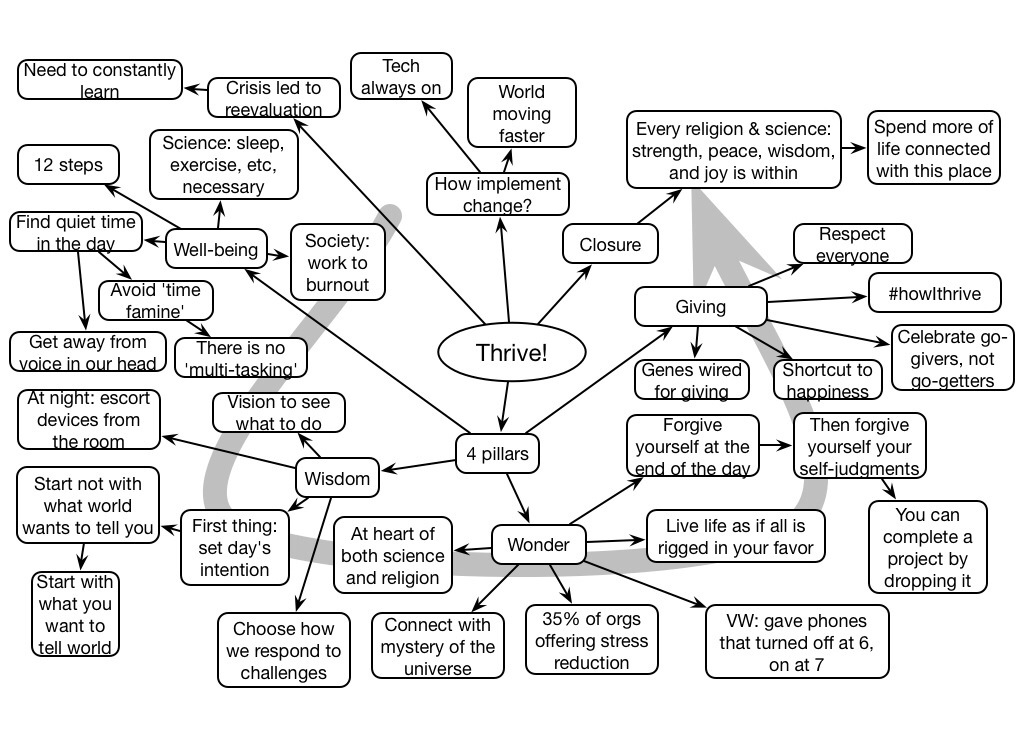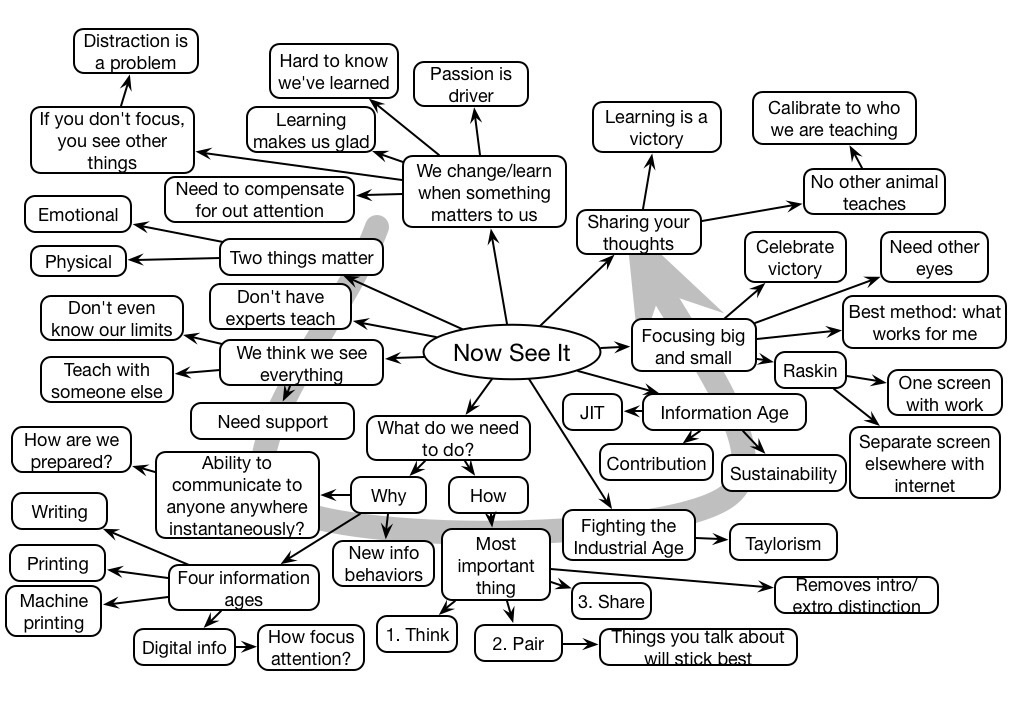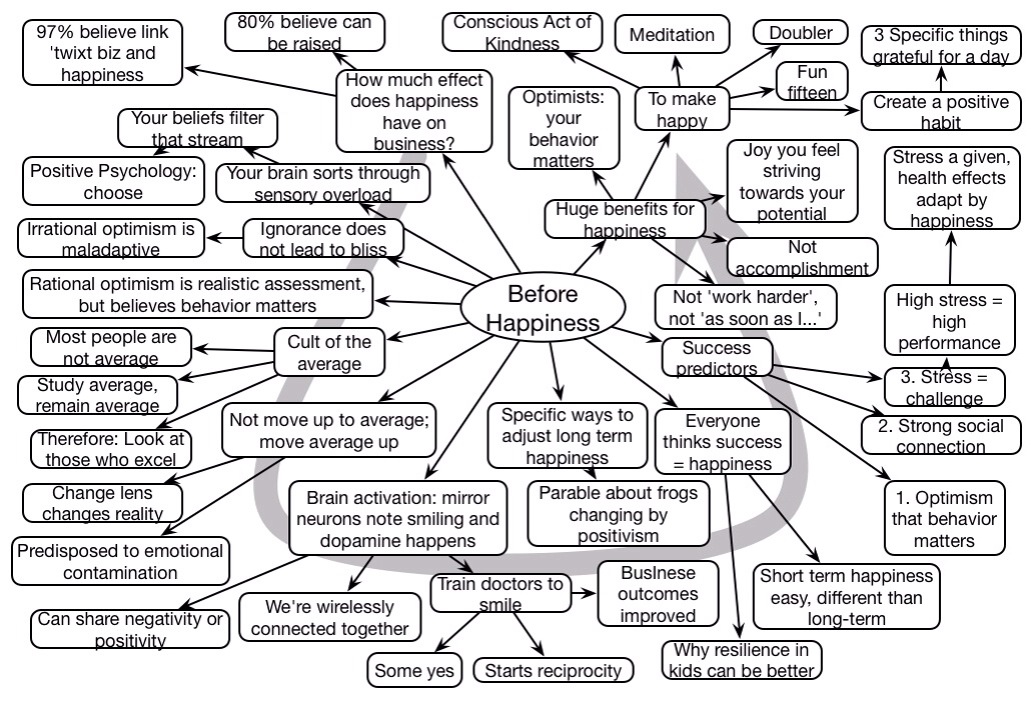A number of years ago, I said that the problem for publishers was not going from text to content (as the saying goes), but from content to experience. I think elearning designers have the same problem: they are given a knowledge dump, and have to somehow transform that into an effective experience. They may even have read the Serious eLearning Manifesto, and want to follow it, but struggle with the transition or transformation. What’s a designer to do?
The problem is, designers will be told, “we need a course on this”, and given a dump of Powerpoints (PPTs), documents (PDFs), and maybe access to a subject matter expert (SME). This is all about knowledge. Even the SME, unless prompted carefully otherwise, will resort to telling you the knowledge they’ve learned, because they just don’t have access to what they know. And this, by itself, isn’t a foundation for a course. Processing the knowledge, comprehending it, presenting it, and then testing on acquisition (e.g. what rapid elearning tools make easy), isn’t going to lead to a meaningful outcome. Sorry, knowledge isn’t the same as ability to perform.
And this ignores, of course, whether this course is actually needed. Has anyone checked to see that if the skills associated with this knowledge have a connection with a real workplace performance issue? Is the performance need a result of a lack of skills? And is this content aligned to that skill? Too often folks will ask for a course on X when the barrier is something else. For instance, if the content is a bunch of knowledge that somehow you’re to magically put in someone’s head, such as product information or arbitrary rules, you’re far better off putting that information in the world than trying to put it in the head. It’s really hard to get arbitrary information in the head. But let’s assume that there is a core skill and workplace need for the sake of this discussion.
The key is determining what this knowledge actually supports doing differently. The designer needs to go through that content and figure out what individuals will be able to do that they can’t do now (that’s important), and then develop practice doing that. This is so important that, if what they’ll be able to do differently, isn’t there, there should be push back. While you can talk to the SME (trying to get them to talk in terms of decisions they can make instead of knowledge), you may be better off inferring the decisions and then verifying and refining with the SME. If you have access to several SMEs, better yet get them in a room together and just facilitate until they come up with the core decisions, but there are many situations where that’s not feasible.
Once you have that key decision, the application of the skill in context, you need to create situations where learners can practice using it. You need to create scenarios where these decisions will play out. Even just better written multiple choice questions that have: story setting, situation precipitating decision, decision alternatives that are ways in which learners might go wrong, consequences of the decisions, and feedback. These practice attempts are the core of a meaningful learning experience. And there’s even evidence that putting problems up front or at core is a valuable practice. You also want to have sufficient practice not just ’til they get it right, but until they have a high likelihood of not getting it wrong.
One thing that might not be in the PDFs and PPTs are examples. It’s helpful to get colorful examples of someone using information to successfully solve a problem, and also cases where they misapplied it and failed. Your SME should be able to help you here, telling you engaging stories of wins and losses. They may be somewhat resistant to the latter; worst case have them tell them about someone else.
The content in the PDFs and PPTs then gets winnowed down into just the resource material that helps the learner actually able to do the task, to successfully make the decision. Consider having the practice set in a story, and the content is available through the story environment (e.g. casebooks on the shelves for examples, a ‘library’ for concepts). But even if you present the (minimized) content and then have practice, you’ve shifted from knowledge dump/test to more of a flow of experience. The suite of meaningful practice, contextualized well and made meaningful with a wee bit of exaggeration and careful alignment with learner’s awareness, is the essence of experience.
Yes, there’s a bit more to it than that, but this is the core: focus on do, not dump. And, once you get in the habit, it shouldn’t take longer, it just takes a change in thinking. And even if it does, the dump approach isn’t liable to lead to any meaningful learning, so it’s a waste of time anyway. So, create experiences, not content.


